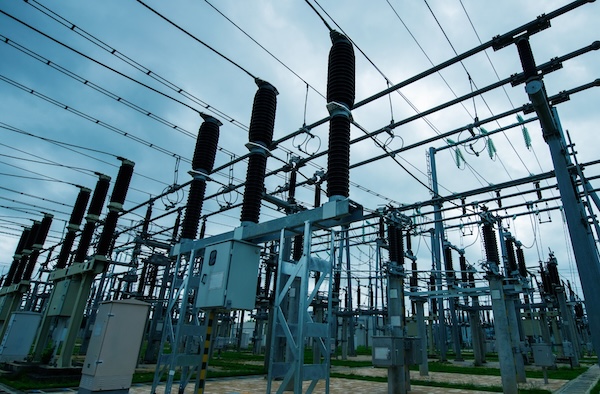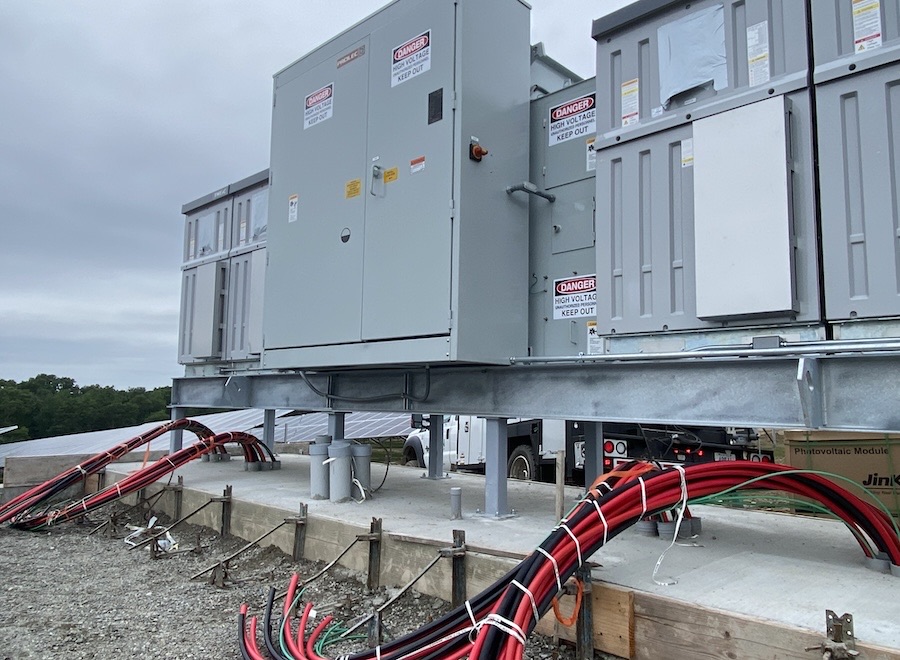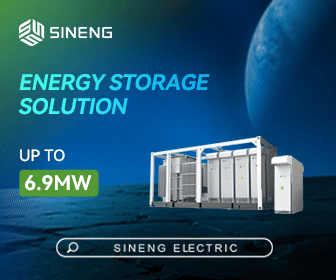Grid Expansion Will Accelerate Renewable Energy Adoption
Power grids are fundamental to the energy supply for commercial and residential electricity. There is growing energy demand around the world, and more renewable energy sources are being built all the time. Unfortunately, many existing grids and transmission networks are not equipped to handle these changes. In this article, we’ll look at some of the challenges facing power grid systems today, and the importance of expanding and modernizing them.
Expansion is critical
It has been estimated that the combination of a growing economy and the push toward renewable energy will lead to as much as a 40 percent increase in energy demand by 2030, and double by 2050.
In addition to increased capacity, grids and transmission networks will need to accommodate new energy from renewable sources, such as solar and wind, along with traditional coal-based energy. This drives further investment in renewable energy, and makes it possible to store and deliver solar- and wind-generated electricity to remote areas.
To facilitate this transition, energy systems will require expanded power grids that are more reliable and efficient than what is currently in operation.

Challenges faced by grid operators
Aging grid infrastructure poses significant challenges as the demand for reliable and resilient energy continues to grow. Many of the power grids in operation today were designed decades ago, and are increasingly prone to failures, inefficiencies, and vulnerabilities. These outdated systems struggle to integrate newer energy sources which are rapidly becoming more prominent. The current grid is also not designed to meet the power demand from multiple energy sources. At this time, many North American-based wind projects are facing installation delays as they await connection to the existing power grid. To remedy this, grid systems need increased physical capacity to maintain stable voltage and reliable supply to meet demands and changing conditions in real-time.
Renewable energy sources are intermittent: photovoltaic (PV) cells cannot gather solar energy at night or on overcast days, and wind changes direction and intensity which impacts turbines. This means grid and transmission systems must be able to balance power from multiple sources to maintain a stable supply at all times.
Modernizing the grid to handle distributed solar generation is essential for ensuring stability, efficiency, and sustainability in the face of rising renewable energy adoption. Without updates, aging grids may hinder the full potential of solar energy, limiting its contribution to a cleaner, more resilient energy future.
Integrating adequate storage solutions, such as battery energy storage systems (BESS) to hold an excess of generated energy for later distribution, will be critical to consistent energy supply. Grid operators also need the ability to model grid and power transmission systems, including the potential effects of weather, climate, equipment failure, and supply and demand. This allows for data-driven decision-making in critical situations and for general infrastructure planning.
Investment to achieve net-zero
For the US to accommodate current and future energy transition initiatives and meet growing demand, grid infrastructure development will be critical. It is estimated that grid investment needs to nearly double by 2030 — to over $600 billion USD per year — to meet climate goals.

Historically, the United States’ investment in electrical grids has grown from $63 billion in 2016 to $89 billion in 2022. Since the 2021 passage of the Infrastructure Investment and Jobs Act (IIJA), an additional $13.3 billion has been made available for grid infrastructure improvements.
Solar energy is critical to the United States’ transition toward a cleaner future. It is an abundant and renewable resource that will become an even bigger part of grid once the aging infrastructure is updated and expanded. Wire and cable are particularly crucial for grid expansion as they provide the essential infrastructure for transmitting electricity over long distances, ensuring reliable power distribution, and supporting the growth of renewable energy sources, thereby enabling a more resilient and sustainable energy grid. For the greatest return on investment and best odds of reaching net-zero emissions, grid investment has to be comprehensive, including:
- Grid hardware, cables, wires, and equipment
- Energy storage equipment, including battery systems
- Data management tools to estimate grid capacity and model the effect of energy demand
- Procedures and equipment to streamline and standardize connections to integrate renewables
- Secure supply chains; and
- Skilled workers for jobs on lines, grids, and construction, as well as professionals with expertise in power engineering and planning
Benefits of expanding transmission lines
Expanding transmission lines increases power distribution, bringing energy to remote areas efficiently. It also bolsters renewable energy integration by connecting more solar and wind farms with grids and storage. The more renewable energy sources can be put to use, the more incentive there is to build them. Advantages of expanding transmission lines include:
- Reducing or levelling off power costs across larger geographic areas
- Upgrading and replacing aging or suboptimal wire and cable
- Broadening access to clean energy
- Faster ROI on renewable energy infrastructure
- Reduced risk of outages
Expanding the power grid is essential to accelerating renewable energy adoption as it enables the integration of diverse energy sources and enhances grid resilience. By enhancing and modernizing the current power grid, we can support a sustainable transition to a cleaner future and ensure that the growing demand for energy is met with efficiency, while also reducing our carbon footprint and driving the global shift towards renewable energy.
Scott Moore is at American Wire Group, which maintains an extensive inventory of wire and cable products utilized in the power transmission & distribution, substation, solar, wind, battery energy storage (BESS), and electric vehicle (EV) hydrogen-powered vehicle infrastructure markets across the country.
AWG | www.buyawg.com
Author: Scott Moore
Volume: 2024 November/December









